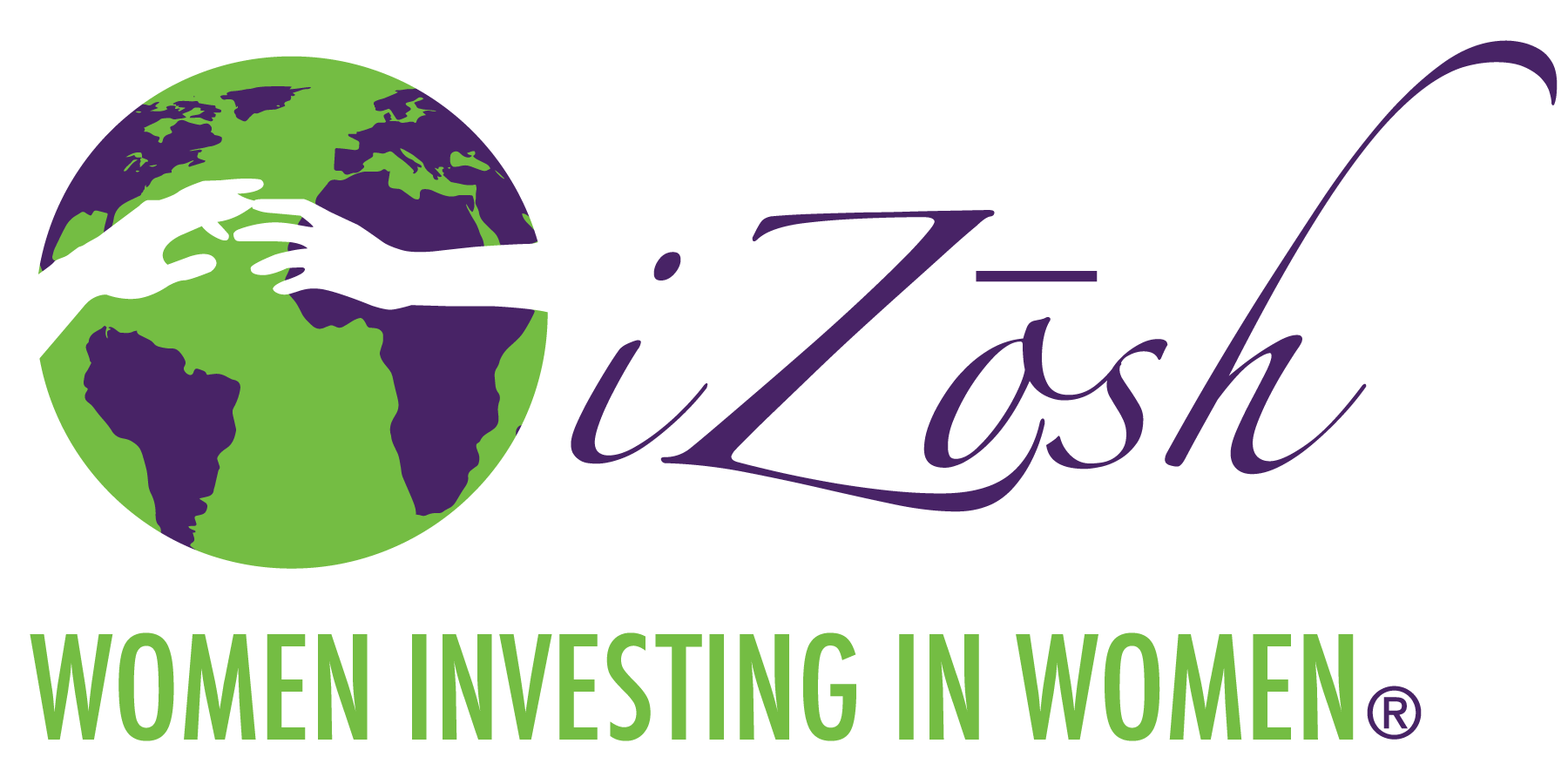What is our potential? What is it we were made to accomplish and become? I hope that when you think about this question, it stirs in you dreams and possibilities that make you come alive!
What can we become? What would the world be like if we were all able to fulfill our potential as women, mothers, daughters, entrepreneurs?
Asked another way, What does potential look like?
This question was posed at the Fifth United Nations Conference on the Least Developed Countries which took place in Doha in March, 2023. We all have potential, right? But what does that mean?
To have potential is defined as having “the necessary ability or qualities to become successful or useful in the future” (Collins Dictionary). Another dictionary, Oxford, defines potential as “having or showing the capacity to become or develop into something in the future.”
Capacity, ability and qualities are indicators of potential. But what potential looks like, according to the United National (UN), is hope and opportunity.1
Another way to look at potential is to look at what is possible. Unfortunately, what is possible is all too often dictated not by the capacity, ability, or qualities of an individual, but by systems and access. What is possible hinges heavily on whether or not the systems in place are designed in your favor or not. What is possible is dictated by what you have access to. When potential and opportunity are not aligned, the world suffers for it.
There are so many more questions we could ask. How is it decided who gets access to opportunity? Who in the world is ensuring potential is realized with access to things like education or business loans? The systems of the world are not always fair.
As a result of the United Nations Conference on the Least Developed Countries, The Doha Programme of Action was created. This document outlines six key focus areas which are believed will “accelerate attainment of the sustainable development goals.” (UN Sustainable Development Goals PDF).
Interestingly enough, the first key focus area is “Investing in people in least developed countries: eradicating poverty and building capacity to leave no one behind.” This is followed by other key focus areas including “supporting structural transformation as a driver of prosperity,” and “mobilizing international solidarity.”
Sub-points under the key focus areas further define the strategies that need to be implemented to achieve the sustainable development goals. Five out of the six focus areas include “expanding women’s access… to economic opportunities” as a means by which to accelerate development and help individuals, communities, and nations reach their potential.
The work of iZōsh: Women Investing In Women® so beautifully supports what the world leaders in development have discovered will lead to sustainable positive change. We invest in people—focusing on women living in extreme poverty who experience barriers to living to their full potential.

At an iZōsh Event, each microloan funded for a woman living in extreme poverty carries with it hope and opportunity. Hope for a better future. Opportunity for a woman to discover and develop her abilities and achieve her dreams. The microloans we fund help fuel a more hopeful and opportunity-filled world. This is what potential looks like.
